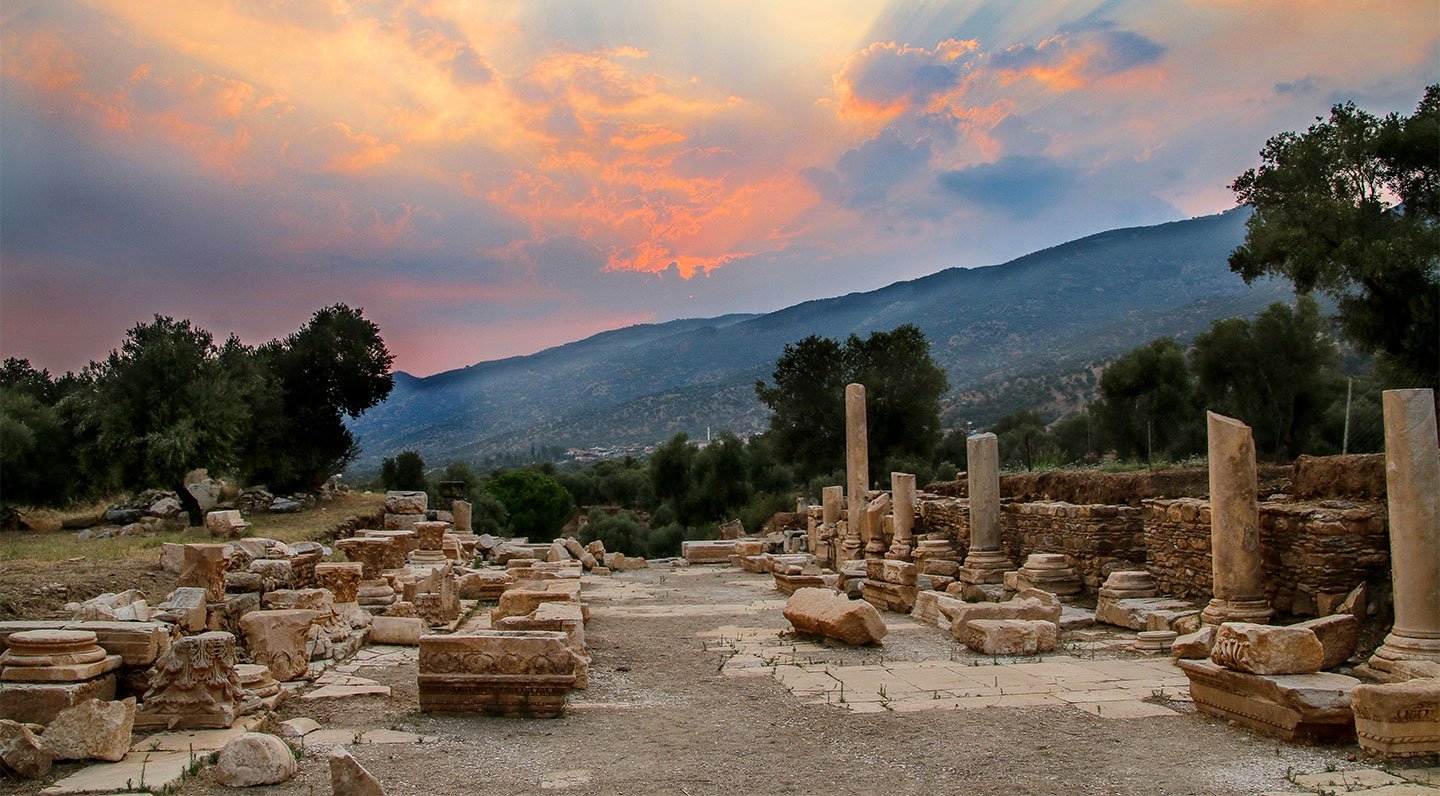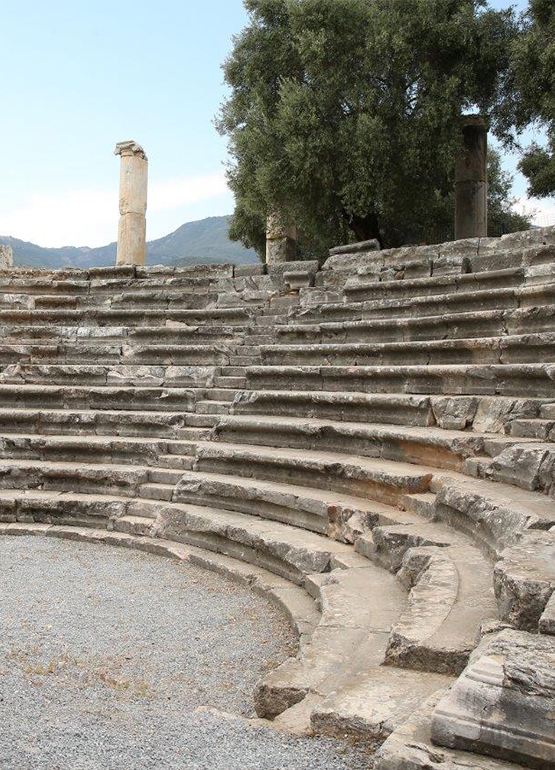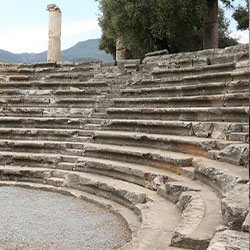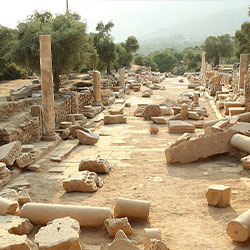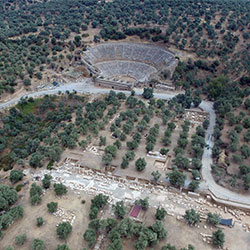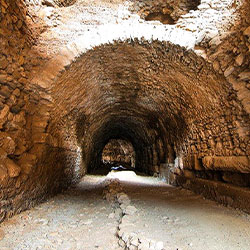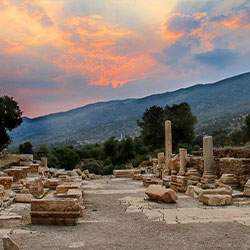
Founded in the Hellenistic Period in the first half of the 3rd century BC by Anthiokhos Soter I, the son of Seleucus, in the north of the Caria Region, Nysa was located in the southern foothills of the Megosis-Aydın Mountains, in the fertile basin in the north of the Büyük Menderes River, in modern-day Aydın. It is located in the Sultanhisar district of Turkey. The ancient city, located on the main trade route that existed since the Late Hellenistic Period, became a developed city especially during the Roman Period. According to the information obtained from the stories of the famous geographer Strabon (64 BC – 21 AD), who studied in Nysa in his youth, and the Byzantine historian Stephanos Byzantios (6th century AD), Nysa was first founded under the name Athymbra.
Prof at Türkiye İş Bankası, Nysa. Dr. It has been supporting the excavation and restoration works carried out under the direction of Serdar Hakan Öztaner since 2019. The book “Double-Collar City NYSA”, which contains the results of the archaeological research carried out by Ankara University in Nysa for more than 30 years, was published by Türkiye İş Bankası Kültür Yayınları in 2022 under the editorship of S. H. Öztaner.
In Nysa, which is understood to be an important educational and cultural city of the ancient period, the Gymnasium used for educational purposes and the Nysa Library, one of the well-preserved examples of Anatolia, are among the noteworthy buildings. The city’s buildings, theatre, stadium, tunnel and 3 bridges, built in harmony with the topography and in the valley deepened by flood waters, are among the beautiful examples of Roman architecture and engineering. The majority of the structures unearthed in the ancient city belong to the Roman and Late Roman-Byzantine Period. The Gymnasium, Theater and Stadion on the west side, and the Agora and Gerontikon (Council of Elders) on the east side, which are among the buildings mentioned by Strabo, are thought to be structures of Late Hellenistic – Early Roman Period origin.

